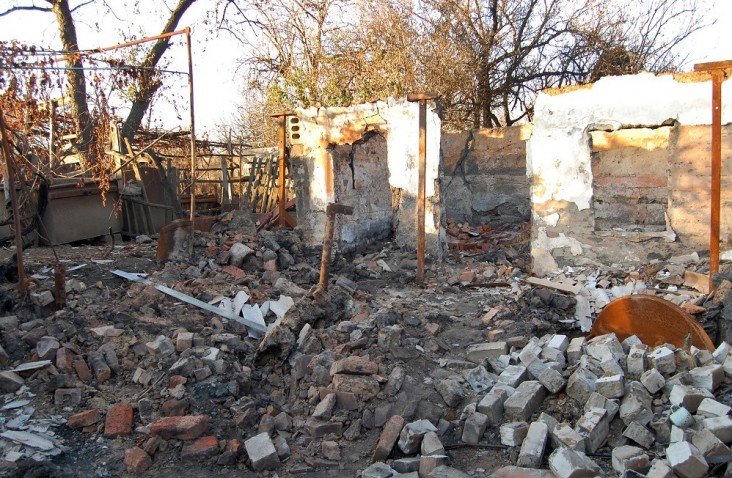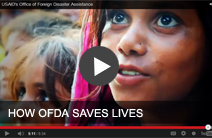- What We Do
- Agriculture and Food Security
- Democracy, Human Rights and Governance
- Economic Growth and Trade
- Education
- Ending Extreme Poverty
- Environment and Global Climate Change
- Gender Equality and Women's Empowerment
- Global Health
- Water and Sanitation
- Working in Crises and Conflict
- Disaster Assistance
- Political Transition Initiatives
- Conflict Mitigation and Prevention
- Countering Violent Extremism
- Disaster Risk Reduction
- Peacebuilding and Reconciliation
- Providing Safe & Secure Environments for Development
- Recovering From Crisis
- Resilience
- Tech Challenge for Atrocity Prevention
- World Humanitarian Day
- U.S. Global Development Lab

Latest Ukraine Fact Sheet
Ukraine Complex Emergency Fact Sheet #3 - 07-20-2017 ![]() (pdf - 274k)
(pdf - 274k)
Ukraine Map - 07-20-2017 ![]() (pdf - 658k)
(pdf - 658k)
view text version [pdf, 274kb]
Key Developments
Daily clashes continue to cause civilian casualties and damage critical infrastructure in government-controlled areas and non-government controlled areas near the contact line in Donetsk and Luhansk oblasts despite multiple ceasefire agreements.
Approximately 30,000–40,000 ceasefire violations occur per month in eastern Ukraine, according to the UN, and relief agencies recorded a nearly 50 percent increase in the number of violent clashes from January–June 2017 compared to the same period in 2016.
Conflict-related disruptions to water supply networks negatively affected at least 3 million people between January and May, according to the Water, Sanitation, and Hygiene (WASH) Cluster—the coordinating body for humanitarian WASH activities, comprising UN agencies, non-governmental organizations, and other stakeholders. On June 11, shelling damaged a water pumping station connected to the South Donbas water pipeline, leaving approximately 400,000 people on both sides of the contact line in Donetsk without access to safe drinking water for more than five days.
In late June, the UN Humanitarian Country Team concluded an analysis of the 2017 Humanitarian Response Plan (HRP) implementation efforts, which found that humanitarian needs in conflict-affected areas of Ukraine increased between January and May, while the ability of relief agencies to meet life-threatening needs decreased due to access constraints and a lack of financial resources during the same period. As of July 20, the 2017 HRP was only approximately 20 percent funded.
Background
In March 2014, conflict between the GoU military and pro-opposition separatists broke out in eastern Ukraine. The conflict escalated during the following months, causing widespread damage to infrastructure and large-scale population displacement. The heaviest fighting occurred in the easternmost oblasts bordering Russia, particularly Donetsk and Luhansk oblasts. As of November 2014, the U.N. continued to report frequent shelling in Donetsk and Luhansk, resulting in new population displacement and humanitarian needs among displaced populations and host families.










Comment
Make a general inquiry or suggest an improvement.